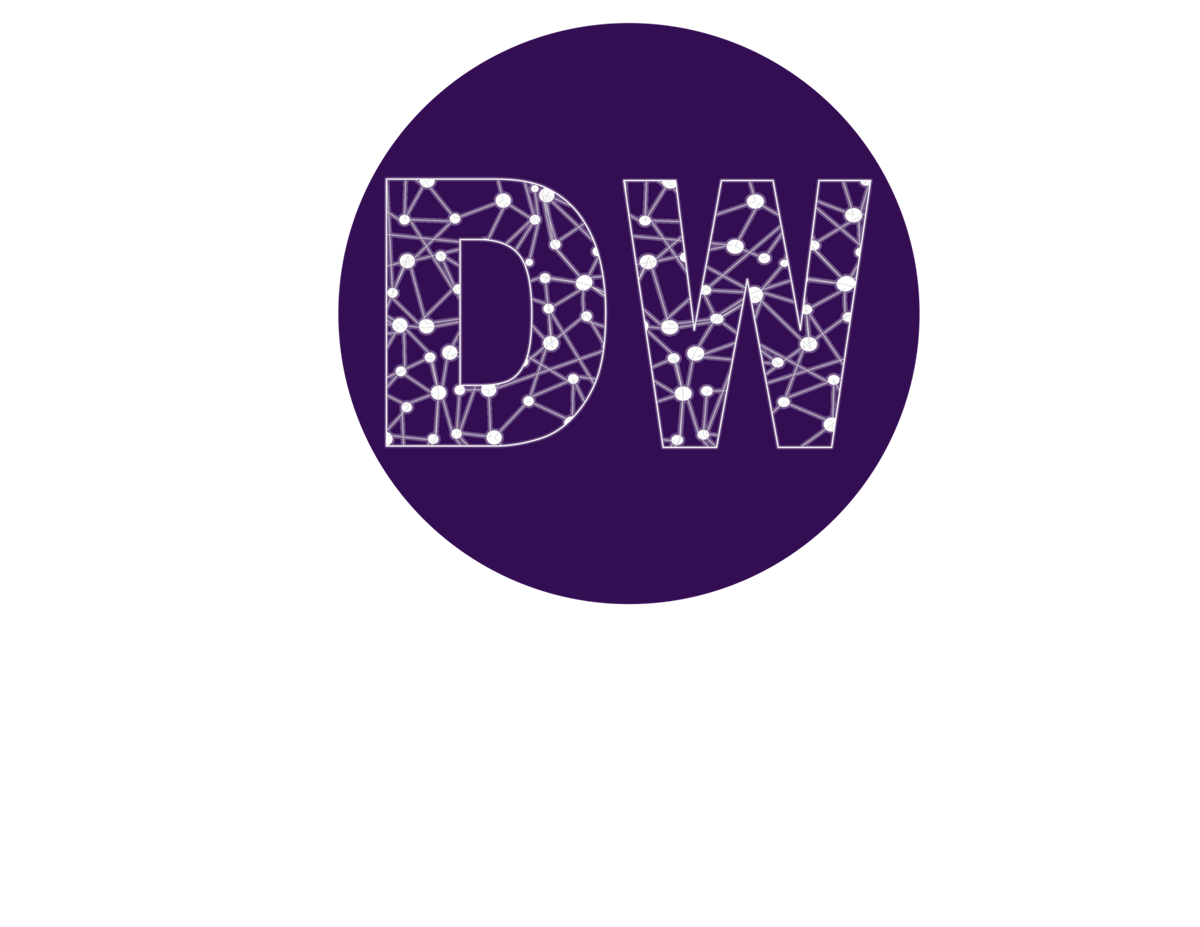Looking beyond the chaos
“Hawk” Photo by Kev Kindred on Unsplash
#Leadership; #Technical; #Agile; #Resilience; #Communication; #Blog
Successful leadership relies on a manager’s adaptive capacity, as “an almost magical ability to transcend adversity, with all its attendant stresses, and to emerge stronger than before”(Leadership in the COVID-19 Crisis – ControlRisks). Even consistently thriving leaders can struggle with sustainability during a prolonged crisis that impacts everything around them. This article explores how leaders are challenged to overcome the adversity that these volatile times have laid out in front of us.
If we have been content to go about our daily routines without looking to the future and planning ahead, that choice has now been made for us. Leaders have been forced to create scenarios for their organisations to respond, recover, and thrive. There have been a few organisations who have stabilised their operations and adapted to the new normal. However, looking beyond this pandemic has been thoroughly, though perhaps subconsciously neglected.
A recent case study by Arthur D. Little show that CEOs have 5 priorities throughout the course of this crisis that we are facing right now:
Crisis steering: Mobilise the crisis-response leadership vehicle immediately, using tested and drilled plans
Employees and customers: Focus first on employee and customer safety, and communicate intensively to enable behaviour adaptation
Operational and business continuity: Physically separate operational teams, manage cash flow and ensure partners and suppliers are equally aligned
Other stakeholders: Engage actively with the government, authorities and community
Recovery: Plan for recovery now, be positive and grasp new opportunities
In Josh Malerman’s book “Bird Box”, where the protagonists were faced with a seemingly insurmountable problem, he says “It's better to face madness with a plan than to sit still and let it take you in pieces.”
With the right approach, this crisis can become an opportunity to move forward and create even more value and positive societal impact. Resilient leaders own the narrative by seizing it at the outset, being transparent about current realities, and all the while, painting a compelling picture of the future that inspires others to persevere. These same leaders stay focused on the horizon, anticipating new business models that are likely to emerge and sparking the innovations that will define tomorrow.
“Shift” Photo by Alok Sharma on Unsplash
Deloitte CEO Punit Renjen recently presented a study regarding the current shifts occurring in business structures to address the global pandemic with a more focused perspective towards the stakeholders. His study shows that shifts have resulted in major changes about the underpinnings of business and society that leaders must address, namely:
Looking from the inside out – Given the market uncertainties, companies relying on conventional wisdom may discover that the world they knew and want to recreate is no longer there. And the way in which leaders created plans and playbooks in the past may no longer be relevant, especially if they were focused internally.
Define the destination - Defining the destination first and working backwards help leaders create more aggressive and creative plans. Running the recovery programme in short (i.e. six-week) sprints enables leadership and others managing the recovery to programmatically monitor and make mid-course corrections.
Trust as a catalyst – Studies by Christian Bjørnskov of the Southern Economic Journal, Stephen Knack and Yann Algan of the OECD, suggests that trust yields real results in terms of economic growth and shareholder value, increased innovation, greater community stability and better health outcomes.
Aim higher – Sociologists have observed many crises throughout history requiring massive sacrifices from a citizenry that responded by putting community ahead of self. Leaders led, and people trusted them. As a new social contract was created, people overcame challenges once thought insurmountable – and used each crisis to elevate themselves and their nation.
Having read the above reports and statements, I can’t help but focus on the third bullet point which is “Trust as a catalyst”. All these shifts arise from leaders wanting too much control, but what they need to be doing is prepare to hand over the steering wheel to their employees and customers.
If the past couple of months have taught us anything, it’s that disruptive changes can happen at any given moment. The value of resilience is what allows us to change our pace to adapt to these changes while sustaining energy and productivity levels.
Our paths as leaders are not just long straight roads. They are filled with curves and roadblocks, and we must constantly shift our gears. Be resilient. If we just keep going in the same pace as we have been all along, we will inevitably crash.
“Chess” Photo by Michal Vrba on Unsplash
As in playing chess, the most efficient way to win is to think two or more steps ahead of your opponent. Embracing adaptive capacity in functional, pragmatic situations build character as a resilient leader. How you strategize, adapt, and quickly make adjustments can set you, your organization and its people up for long-term resilience in the face of uncertainty. How far along have you thought through to “checkmate” these volatile times and all the problems it presents?
Have your Agile Leadership skills kept up with the world? Here’s 3 ways I can help you with that:
Work with me – Get in touch here, call 1300 684 669 or email davidw@davidwayne.com.au to discuss options for coaching, workshops or training programs or
Download a free copy of the “Inspire to Action” whitepaper
Subscribe for weekly “Inspire to Action” tips, tricks and techniques





